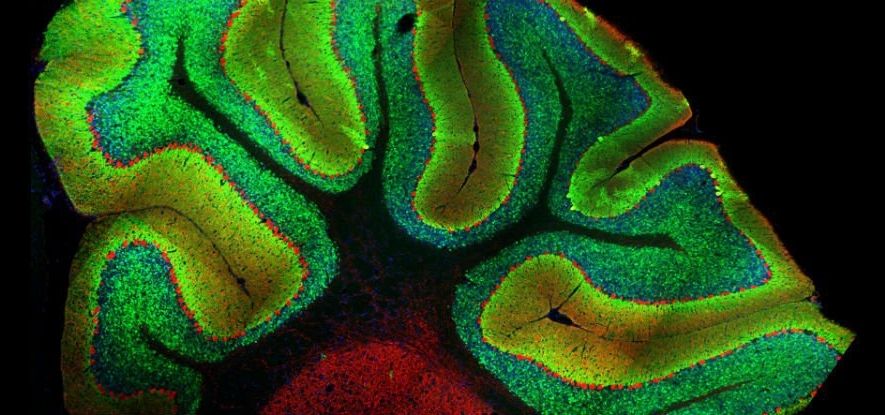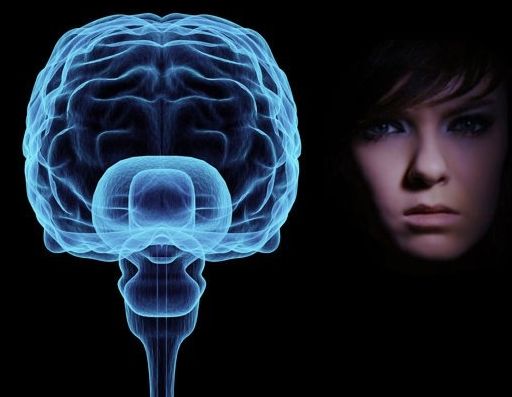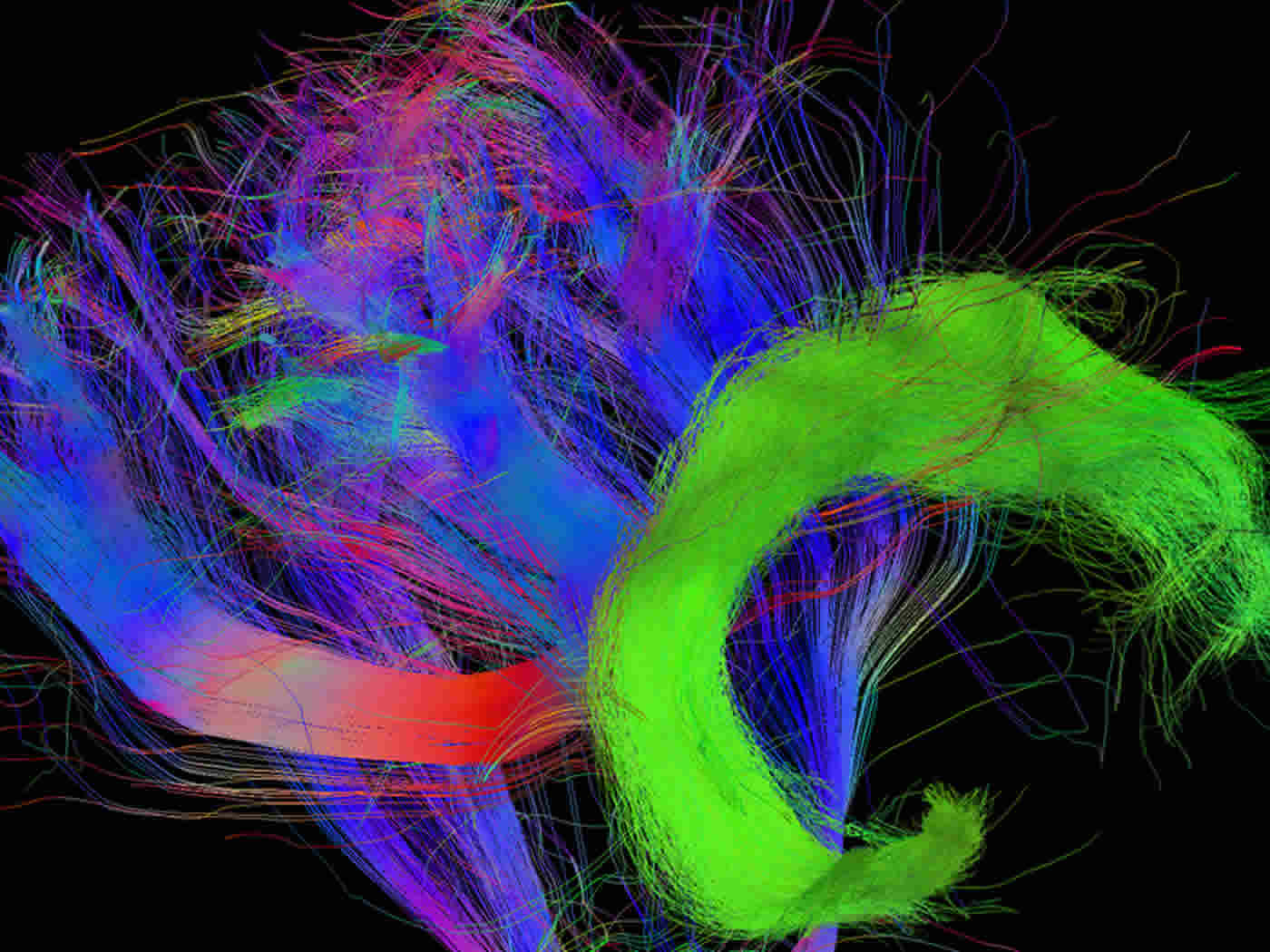Was this story the inspiration for the Neural Lace Idea?
The influence of the groundbreaking 1995 anime movie “Ghost in the Shell” can be seen in everything from “The Matrix” to “Ex Machina.”


One of the best-known regions of the brain, the cerebellum accounts for just 10 percent of the organ’s total volume, but contains more than 50 percent of its neurons.
Despite all that processing power, it’s been assumed that the cerebellum functions largely outside the realm of conscious awareness, instead coordinating physical activities like standing and breathing. But now neuroscientists have discovered that it plays an important role in the reward response — one of the main drives that motivate and shape human behaviour.
Not only does this open up new research possibilities for the little region that has for centuries been primarily linked motor skills and sensory input, but it suggests that the neurons that make up much of the cerebellum — called granule cells — are functioning in ways we never anticipated.

Elon Musk wants to connect your brain to a computer.

By the age of four years we suddenly start to understand what other people think and that their beliefs about the world might differ from our own. We then manage to do what 3-year-olds are not yet capable of – we can put ourselves in someone else’s shoes. Researchers from the Max Planck Institute for Human Cognitive and Brain Sciences in Leipzig were able to show what supports this milestone in development: the maturation of a critical fibre connection in the brain.
Summary: Researchers identify brain areas associated with developing the ability to “put ourselves in other people’s shoes”.Source: Max Planck Institute. By the age of four years we suddenly st.
In this video series the Galactic Public Archives takes bite sized looks at a variety of terms, technologies, and ideas that are likely to be prominent in the future.
In this entry, we take a look at the rapidly developing technology of Brain to Machine interfaces.
Interesting links for more information:
http://www.medgadget.com/2017/02/non-invasive-brain-computer…dhary.html

History has shown us that only violence or huge disasters tend to reduce inequality. Which is frightening on it’s own.
The Great Leveller: Violence and the History of Inequality from the Stone Age to the Twenty-First Century By Walter Scheidel. Princeton University Press; 504 pages; $35 and £27.95.
AS A supplier of momentary relief, the Great Depression seems an unlikely candidate. But when it turns up on page 363 of Walter Scheidel’s “The Great Leveler” it feels oddly welcome. For once—and it is only once, for no other recession in American history boasts the same achievement—real wages rise and the incomes of the most affluent fall to a degree that has a “powerful impact on economic inequality”. Yes, it brought widespread suffering and dreadful misery. But it did not bring death to millions, and in that it stands out.


This is big: Is the Singularity a step closer?
Tesla Inc founder and Chief Executive Elon Musk has launched a company called Neuralink Corp through which computers could merge with human brains, the Wall Street Journal reported, citing people familiar with the matter.
Neuralink is pursuing what Musk calls the “neural lace” technology, implanting tiny brain electrodes that may one day upload and download thoughts, the Journal reported. (on.wsj.com/2naUATf)
Musk has not made an official announcement, but Neuralink was registered in California as a “medical research” company last July, and he plans on funding the company mostly by himself, a person briefed on the plans told the Journal.
